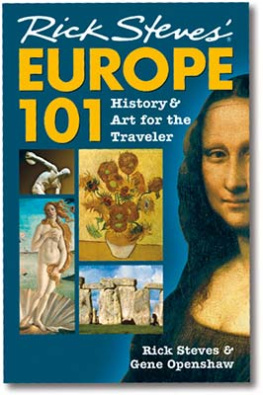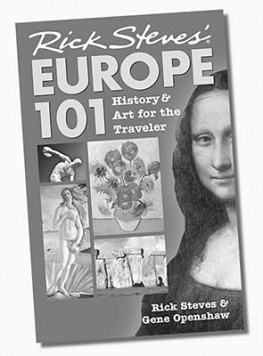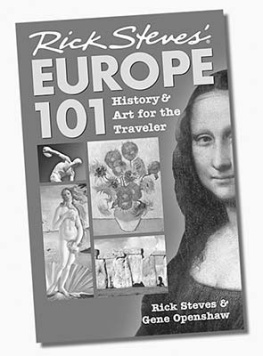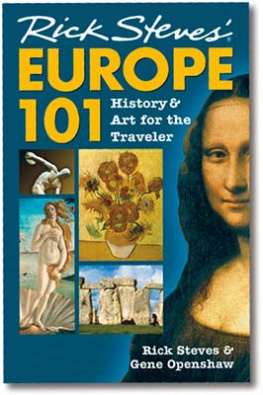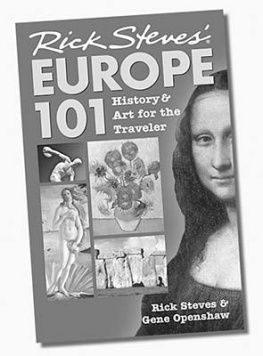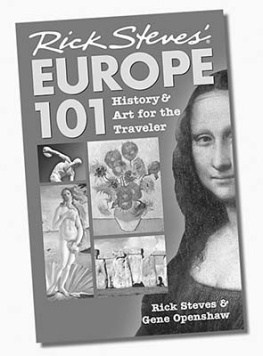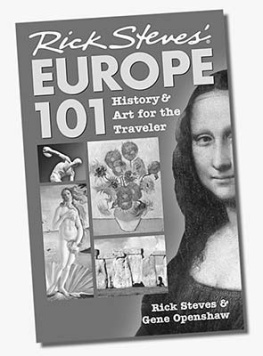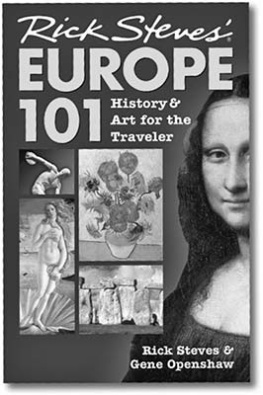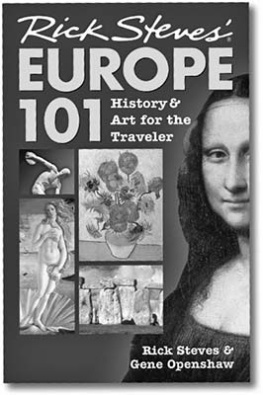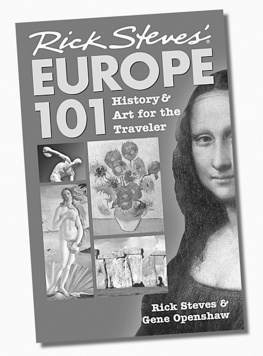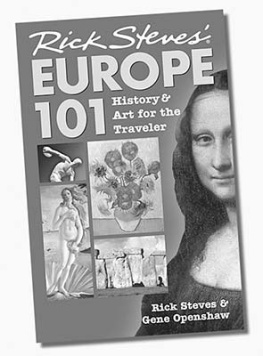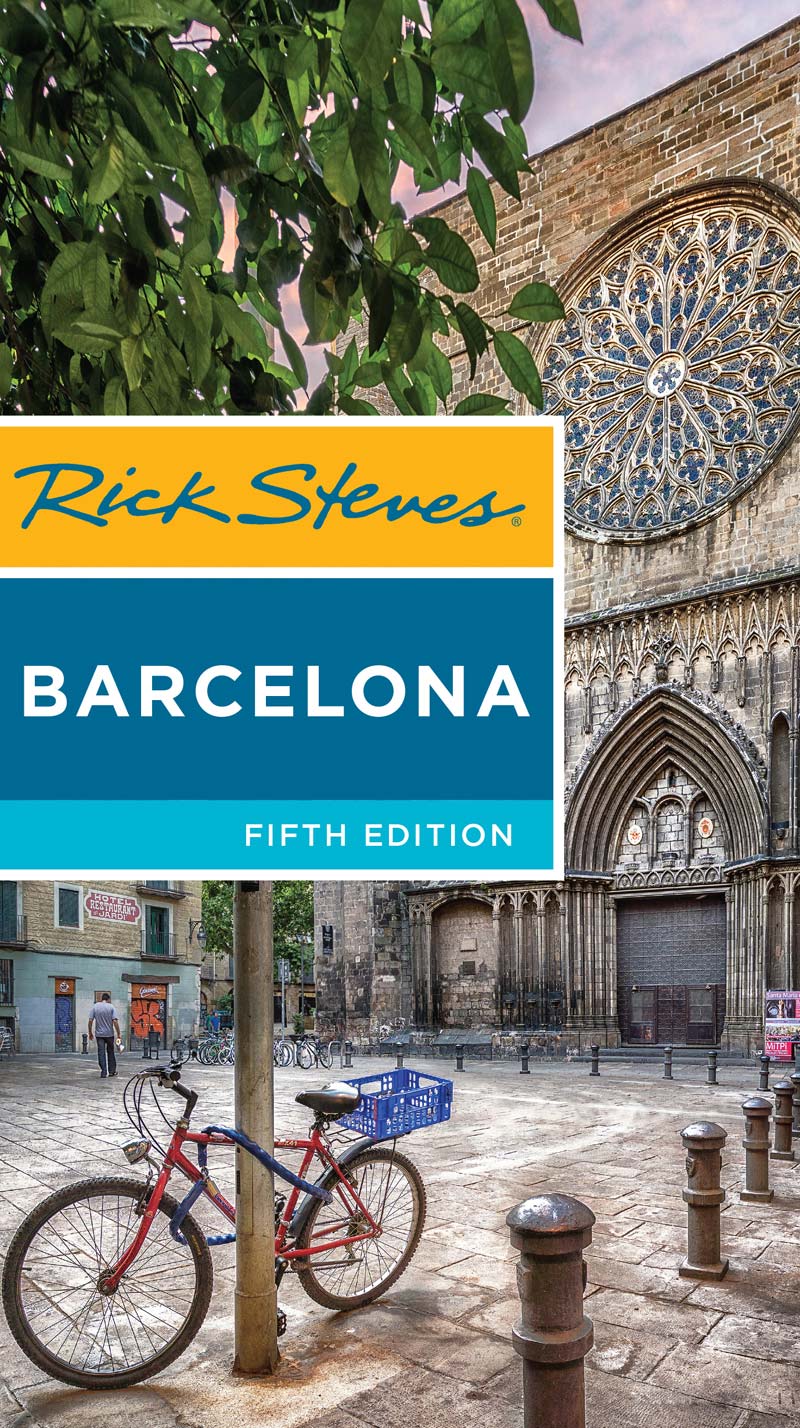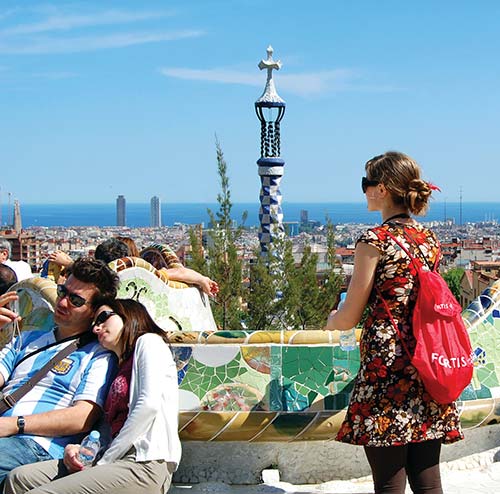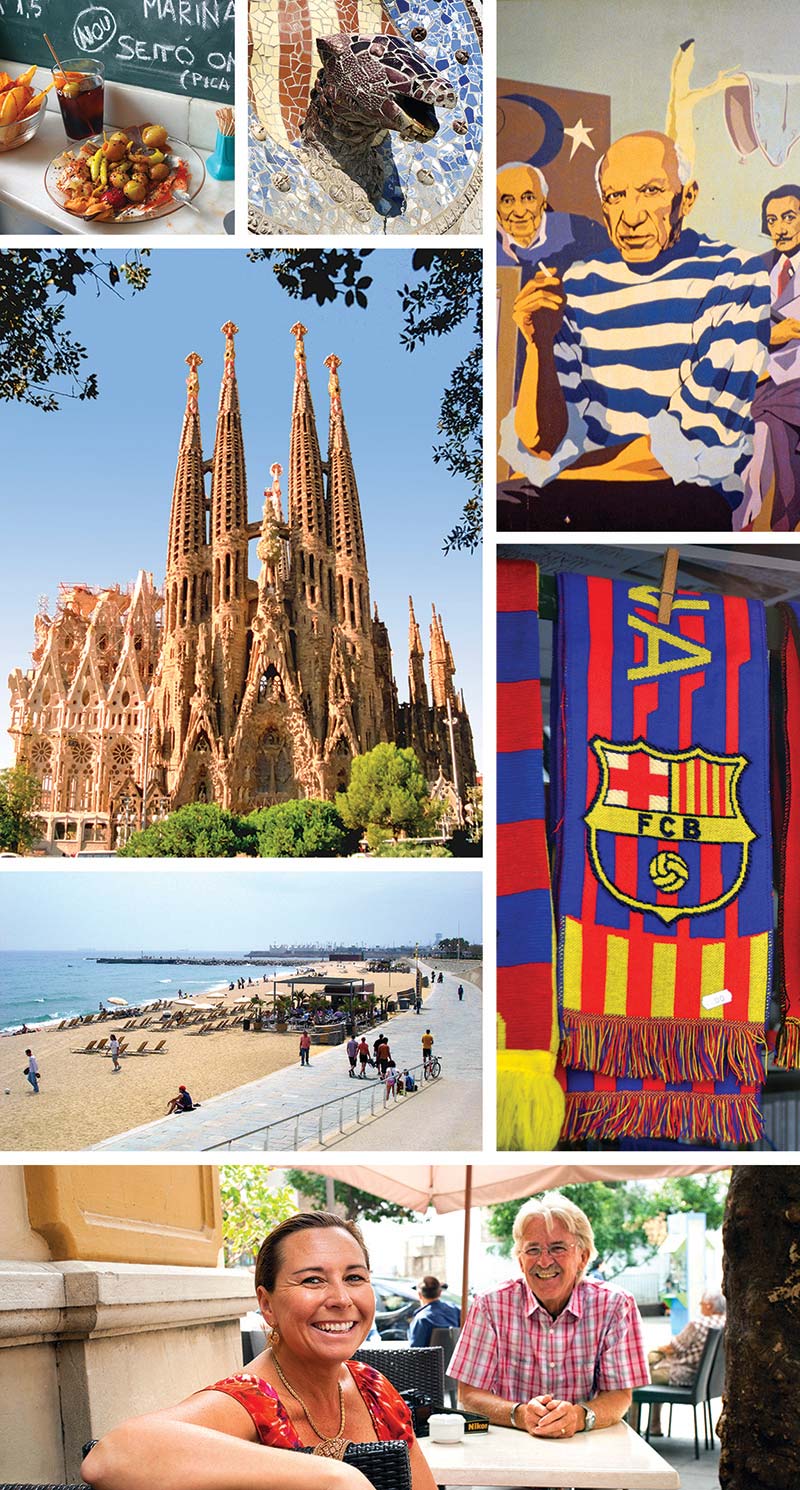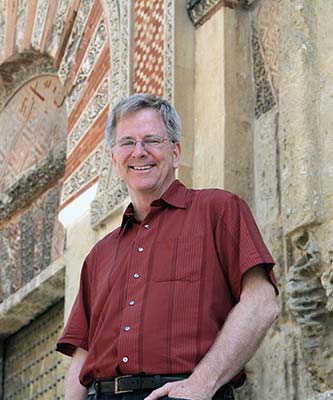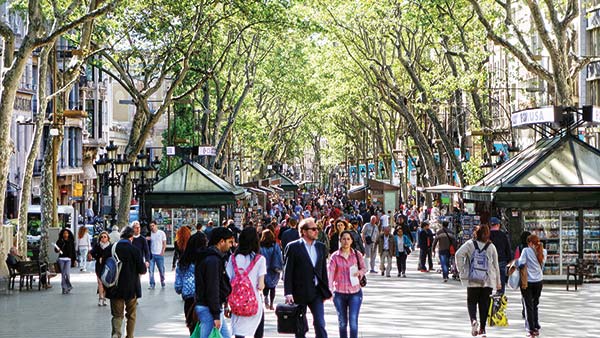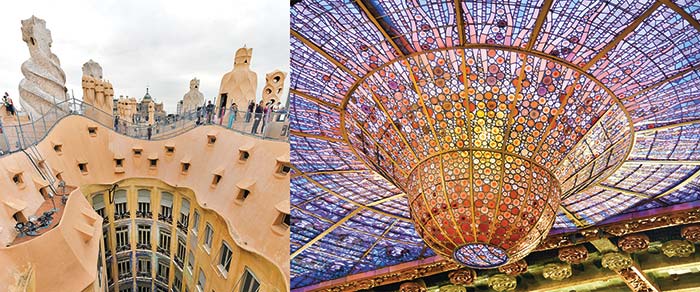Contents
Rick Steves
BARCELONA
Welcome to Rick Steves Europe
Travel is intensified livingmaximum thrills per minute and one of the last great sources of legal adventure. Travel is freedom. Its recess, and we need it.
I discovered a passion for European travel as a teen and have been sharing it ever sincethrough my bus tours, public television and radio shows, and travel guidebooks. Over the years, Ive taught millions of travelers how to best enjoy Europes blockbuster sightsand experience Back Door discoveries that most tourists miss.
This book offers you a balanced mix of Barcelonas blockbuster sights and lesser-known gems. Its selective: Rather than listing dozens of tapas bars, I recommend only the best ones. And its in-depth: My self-guided museum tours and city walks provide insight into Barcelonas vibrant history and todays living, breathing culture.
I advocate traveling simply and smartly. Take advantage of my money- and time-saving tips on sightseeing, transportation, and more. Try local, characteristic alternatives to expensive hotels and restaurants. In many ways, spending more money only builds a thicker wall between you and what you traveled so far to see.
We visit Barcelona to experience itto become temporary locals. Thoughtful travel engages us with the world, as we learn to appreciate other cultures and new ways to measure quality of life.
Judging by the positive feedback I receive from readers, this book will help you enjoy a fun, affordable, and rewarding vacationwhether its your first trip or your tenth.
Bon viatge!Happy travels!
If youre in the mood to surrender to a citys charms, let it be in Barcelona. The capital of Catalunya and Spains second city, Barcelona bubbles with lifein its narrow lanes, pedestrian-friendly boulevards, elegant modern uptown, bohemian corners, bustling market halls, and along its long beach promenade spiked with inviting beach bars (chiringuitos).
Like Los Angeles, Barcelona is basically flat, sloping gently from the foothills down to the sea. A large central square, Plaa de Catalunya, divides the older and newer parts of town. Above the square is the modern part called the Eixample. Below the square is the Old City and hilly Montjuc, overlooking the harbor.
Barcelona is large (1.6 million people), though the Old City feels delightfully small. Its top sights are the cathedral, the Picasso Museum, and the fun-to-explore neighborhood itself. The Old City is made for strolling, from the broad, tree-lined Ramblas boulevard and the winding lanes lined with offbeat shops to the small squares ringed with cafs and dotted with palm trees. Make time to meander without a checklist.
Outside the Old City, the sights are scattered, but with a map and a willingness to figure out public transit (or take taxis), its all manageable. And, if you have extra time and interest, consider day trips to Montserrat (for pilgrims), Sitges (sun worshippers), and Figueres and Cadaqus (Salvador Dal fans).
The region of Catalunya, anchored by Barcelona, is proudly Catalan and culturally different from Spain. You wont find bullfighting here, where its bannedBarcelona turned its bullring into a shopping mall. Though Spanish is widely spoken in Catalunya, the native language is Catalan. This feisty region has chafed under rule by Spain over the years, especially during Francisco Francos repressive dictatorship. Today, many Catalan people clamor for increased autonomy while some agitate for independence.
Delightful Modernista architecture, at wavy La Pedrera and the colorful Palace of Catalan Music
In Barcelona, youll see the evidence of its long history, from ancient Roman ruins (when the city was named Barcino) to medieval churches, twisty Gothic lanes, and monuments to Columbus and the sea trade.


